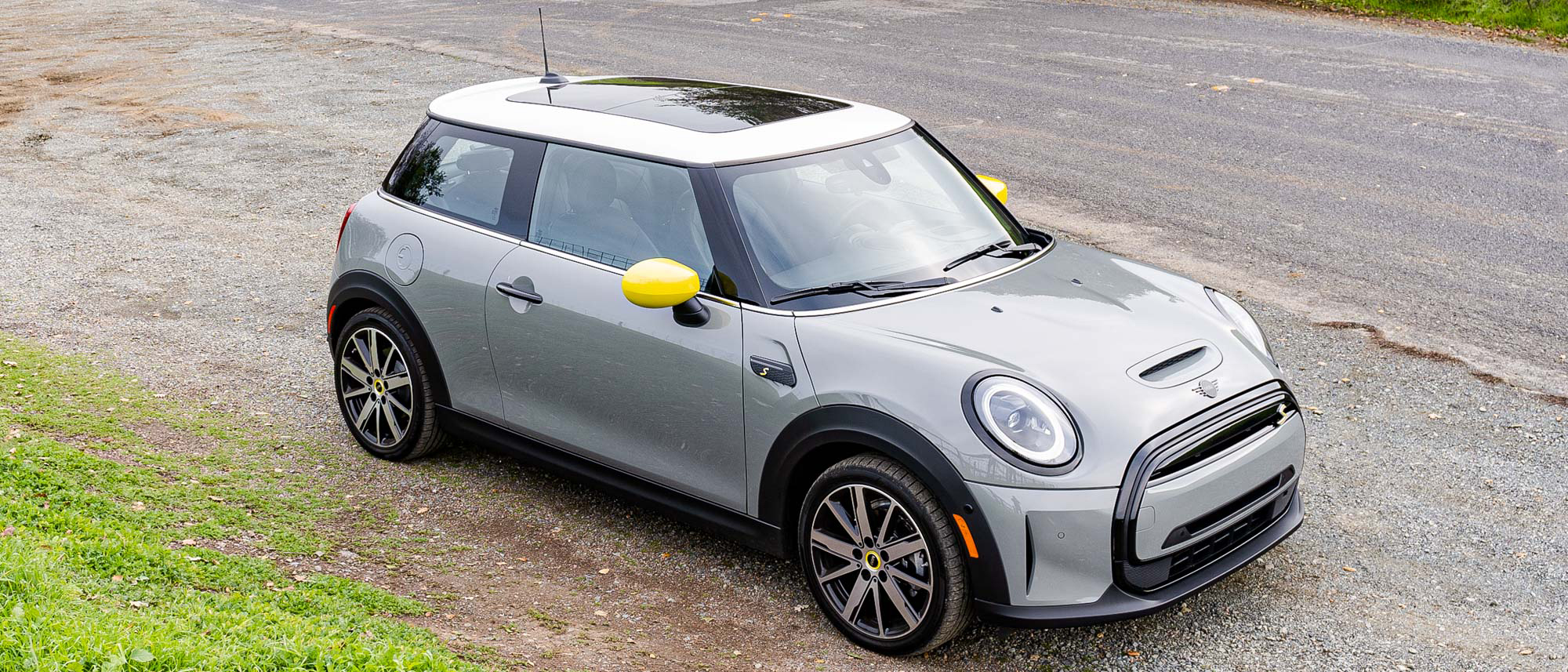Tom's Guide Verdict
An outstanding appetizer to Mini’s future EV endeavors. It’s sub-125 mile range doesn’t diminish the around-town fun you have driving the Mini SE.
Pros
- +
Incredibly fun to drive
- +
The Mini experience in an EV
- +
Inexpensive with incentives
- +
Tight handling
Cons
- -
Not as quick as a Mini S
- -
Driver assistance features feel dated
- -
Low EV range
Why you can trust Tom's Guide
Release Date: Available now
Price: Starts at $29,900 (MSRP); as tested $38,250
Power: Single-motor front-wheel drive
Horsepower: 181hp
Battery range: 114 miles
Top speed: 93 MPH
Smarts: Wireless Apple CarPlay and Mini Connect. No Android Auto
The term “compliance car” comes with a lot of baggage. For years, in order to appease regulators, automakers would shove a battery pack and electric motor in a gas-powered car and call it a day. It wasn’t ideal. Then something weird happened: a few of those Frankenstein vehicles were actually good.
The VW E-Golf and Fiat 500e, turned out to be great electric vehicles with less than great range. The Mini SE not only fits into that weird space, it’s also the undisputed king of the compliance cars. That is, if fun and price are your number one concerns.
Its 114 EPA-rated miles of range is easily dwarfed by the ID.4, Chevy Bolt, Hyundai Kona Electric, and Nissan Leaf. Its only real range contemporary is the new Mazda MX-30 EV.
After a week behind the wheel of the Mini SE, we found it to be one of the most enjoyable driving experiences available for under $50,000. It actually might even be better than its gasoline-powered counterpart. The front-wheel-drive vehicle offers up impressive handling both around town and on tight mountain roads. Acceleration isn’t as quick as the Mini S, but should appease those looking for EV torque bursts while driving.
That said, its 114-miles of range makes it a tough sell in a world where most EVs are offering more than 220 miles of range. During our tests of mixed driving environments including highways, urban settings, and curvy back roads, we were able to squeeze 120 miles of range from the vehicle’s 32.6 kWh capacity pack — of which 28.9 kWh is available to the vehicle at all times.
Overall, driving was an enjoyable experience, although the driver assistance tech is essentially just adaptive cruise control. The front seats are comfortable and even those six-foot and taller will find no issue with head or leg room while driving or in the passenger seat. The rear seats though are a tough sell to passengers unless they are yoga practitioners.
The in-vehicle tech is handled by Mini Connect, which is essentially a reskinned version of BMW’s iDrive system placed behind an 8.8-inch touchscreen. Most tasks are easy to accomplish but the system can be difficult to navigate when anything more than the basics are needed. It does support Apple Carplay but not Android Auto. Even with its low range, alongside the noticeable lack of driving and Android Auto tech, it’s hard to drive this vehicle without cracking a smile.
Mini SE: Release date, pricing and trim levels
The 2022 Mini SE is available now in three trim levels. All of the variants come with the same powertrain, battery pack, and range. Regardless of which version is purchased, all have the same 181 horsepower and 199 pound-feet of torque, a 32.6 kWh capacity pack with 114 miles of range, and a charge rate of 50 kW.
With a starting price of $29,900, the Mini SE’s base-level Signature trim is one of the least expensive electric vehicles on the market. It ships with heated seats, the 8.8-inch Mini Connect touchscreen system and LED cornering lights.
Throw an additional $4,000 at Mini and with a starting price of $33,900, the Signature Plus trim level adds a moonroof, Harman/Kardon sound system, and an interior material upgrade. If you decide to go all out, the Iconic trim level starting at $36,900 adds adaptive cruise control and leather seats.
All of these vehicles have a delivery charge of $850. They’re also all eligible for the $7,500 federal tax credit which, even without state and local credits, could nab a person a base level Signature Mini SE for $23,250. That is actually cheaper than the least expensive Mini Hardtop which costs $23,750, inclusive of delivery and charges.
Unfortunately, you can’t lease a Mini SE.
Mini SE: Range, battery and charging
In a mixed driving environment of highways, urban, residential, and twisty backroads over the course of a week, the EPA estimated range of 114 miles was generally met or exceeded.
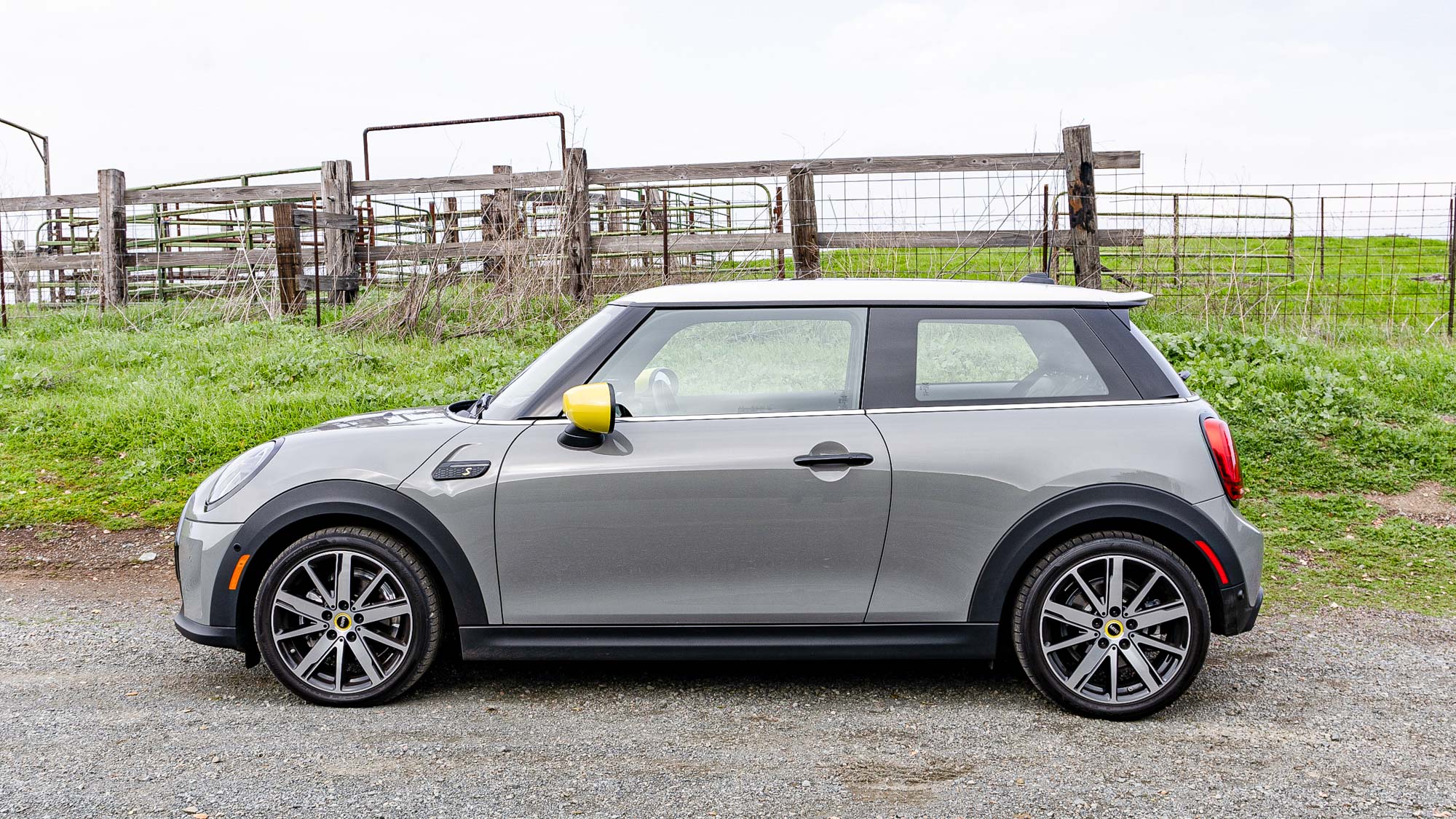
While driving a predetermined range-test route at night, the Mini SE posted a range of 120 miles. When the majority of driving was on highways at an average of 70 miles per hour, and during very aggressive driving on the backroads of the hills near Oakland, California, as expected the range suffered — as expected. But it wasn’t enough to create a range anxiety situation that would prevent us from getting back to our home base.
The Mini SE contains a relatively small 32.6 kWh capacity pack (of which 28.9 kWh is available to the vehicle). When coupled with a DC fast charging rate of up to 50kW. Mini states that it can charge up to 80-percent in 36 minutes.
Because of its smaller battery and shorter range than other EVs, we had the vehicle set to accept a charge up to 100-percent. In fact, it was delivered with that option turned on. When hooked up to a DC fast charging station while picking up food or shopping, we would usually come back out to a full or nearly full battery.
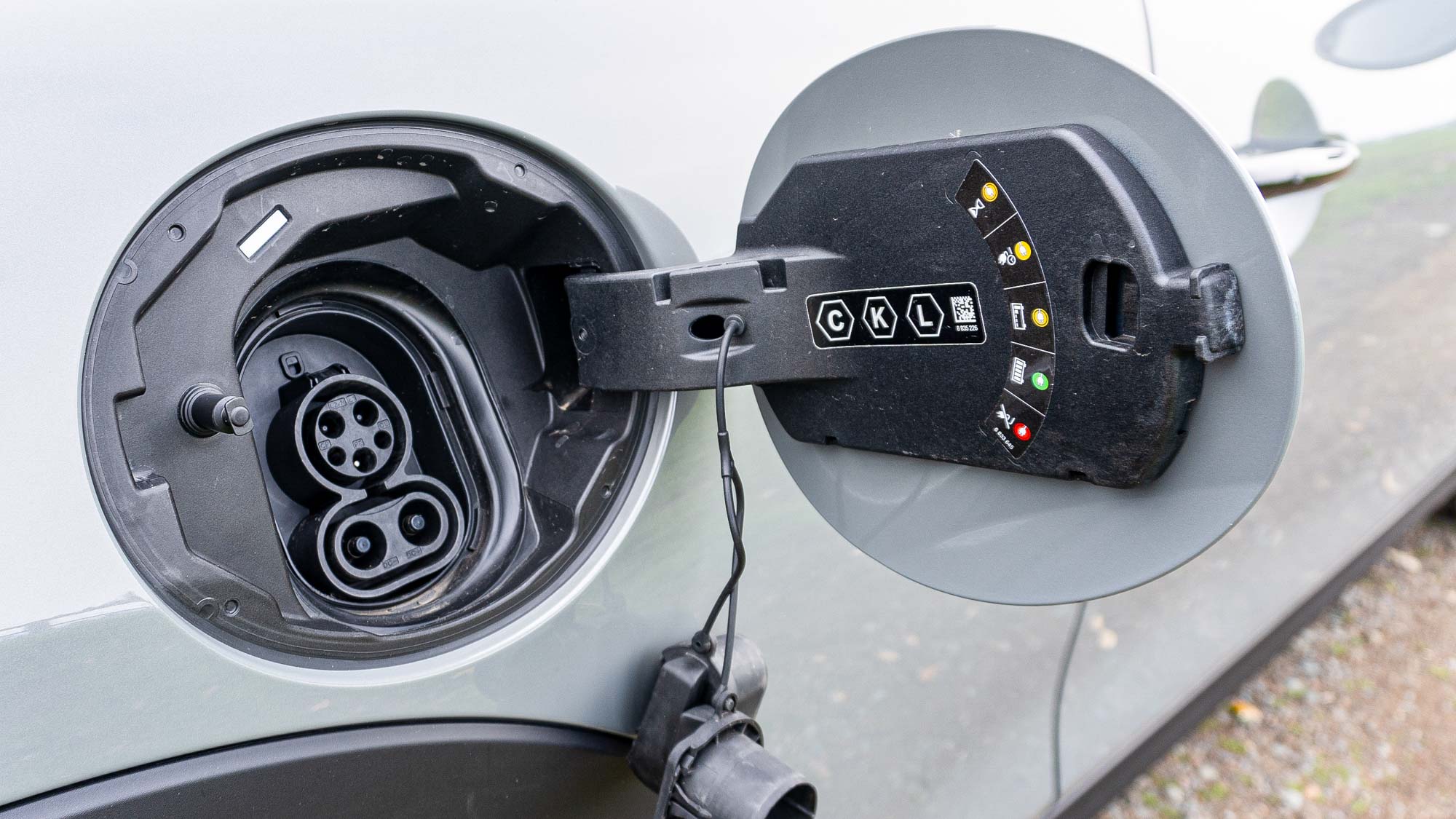
The vehicle supports regular home outlet charging at 2 kW and level 2 charging speeds up to 7.4 kW. Both ended up being adequate during the week for daily drives.
Mini SE: Interior and cargo space
Minis are known for their small size, while still offering roomy interiors for drivers. The Mini SE is no different. It’s the same size as the regular hardtop Mini and is capable of comfortably accepting both drivers and front passengers taller than six feet. With large windows all around, as long as you’re in the front seat, the vehicle the Mini SE feels like a large mid-sized sedan.
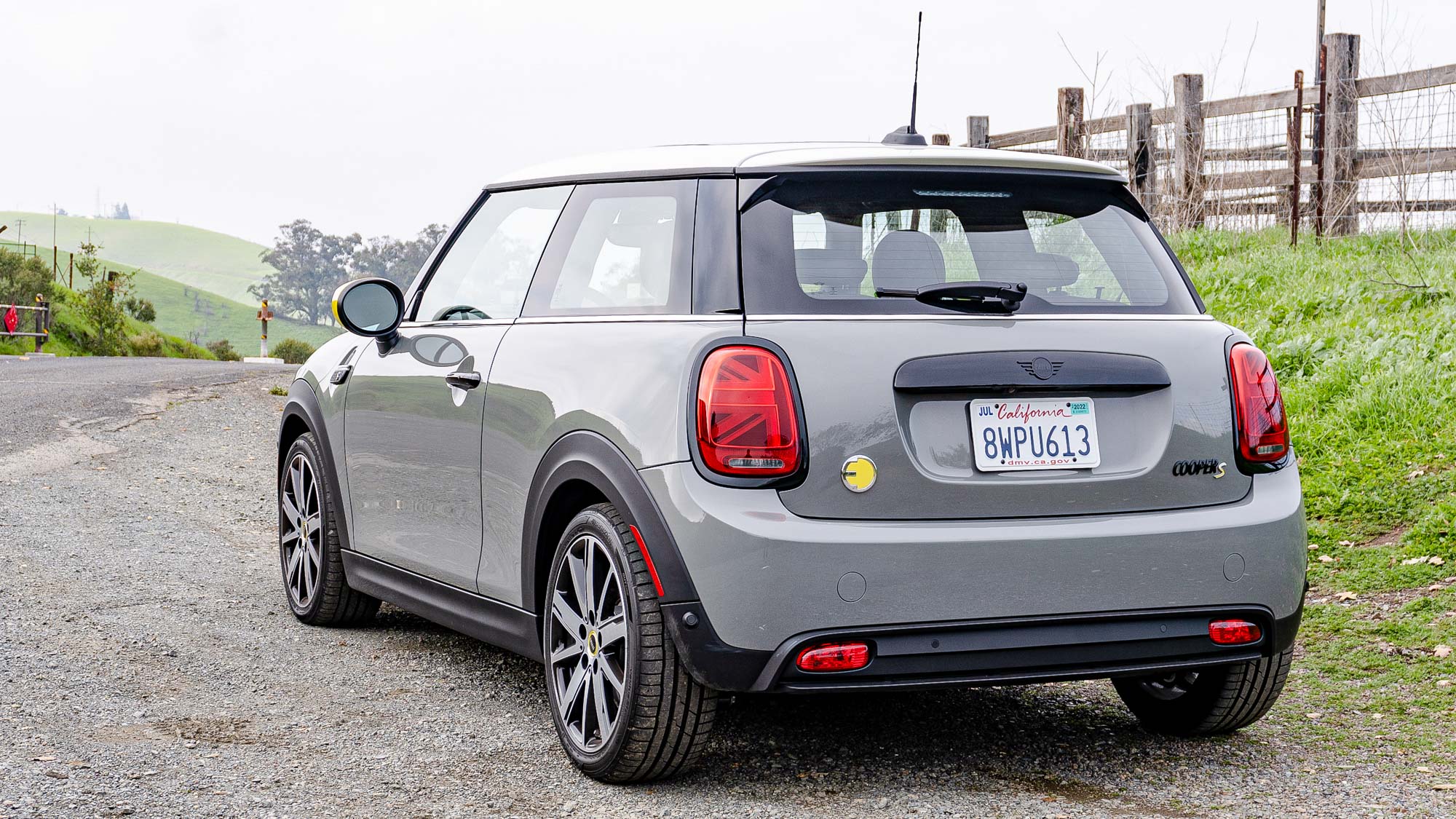
The rear seats are another issue. Medium to short adults and children should be fine in the back, but tall folks should only be placed behind the driver for short periods of time — lest the driver be charged with violating the Geneva convention.
Comfort-wise, the front seats are a good mixture of sportiness and plushness. The side bolsters offer plenty of support while cornering, while the center of the seats conform enough to the driver and passenger’s spine to make road tripping (with a lot of charging stops) an option. The rear seats are plush but don’t offer the same degree of support.
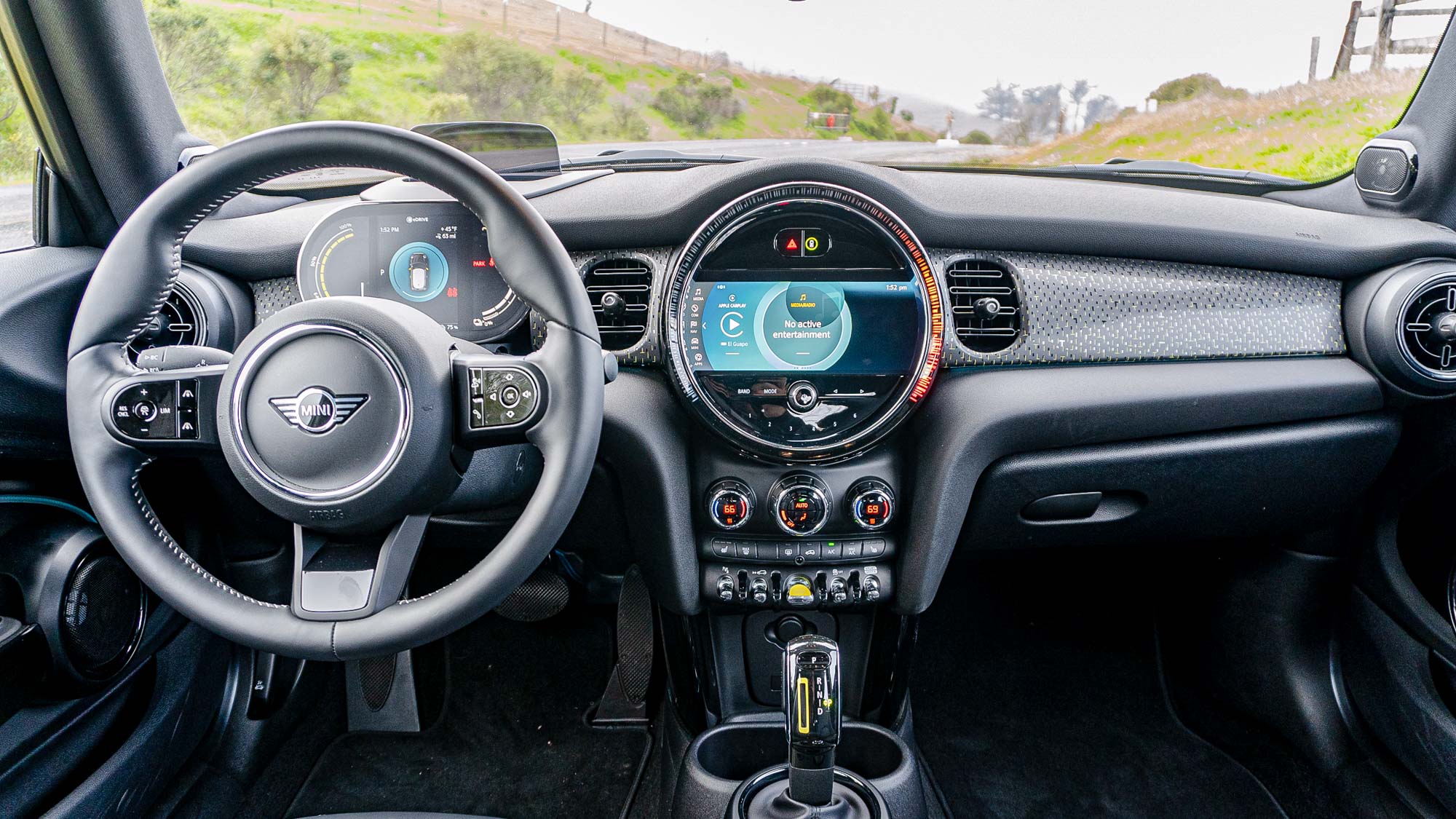
We had the Iconic trim with leather throughout, which bumped up the interior a few notches over the base level trim. But the overall materials in the Mini is typically of a higher quality than that of other vehicles in the same price range. Most of that has to do with its parent company BMW bestowing its own luxury touches on the automaker.
Mini is known for its quirky interiors, which included early rebirth-era having the speedometer in the center console. Those “fun” throwbacks to the original vehicles have largely been replaced with the more traditional placement of information, but not at the expense of losing the playful heritage of the brand.
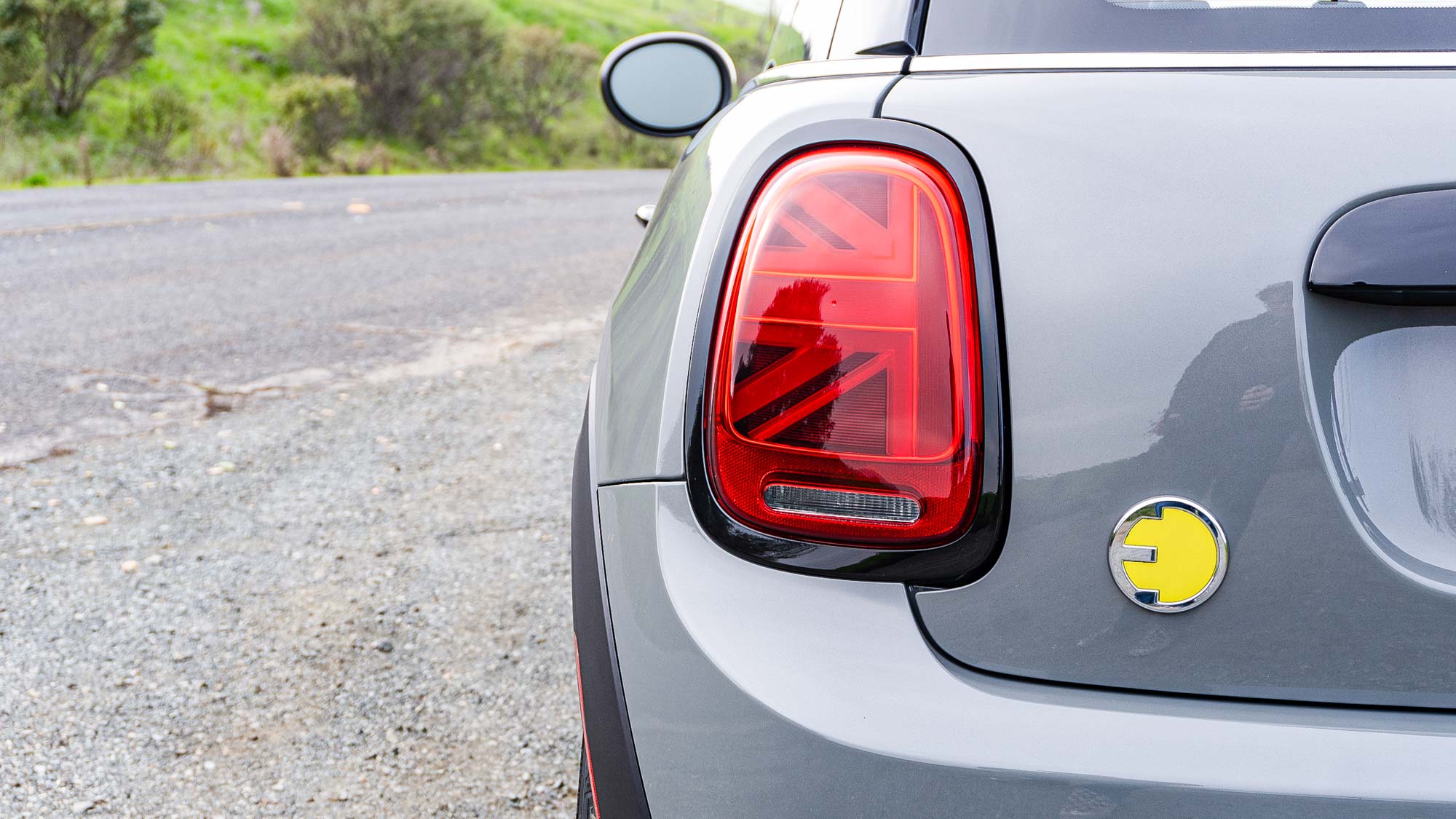
Silver toggle switches, a round frame for the infotainment system, and climate control knobs not only give the driver tactile items to make adjustments but give the vehicle a certain flair. A flair that’s largely disappearing in the automotive world at large as more and more controls are migrated to touchscreens.
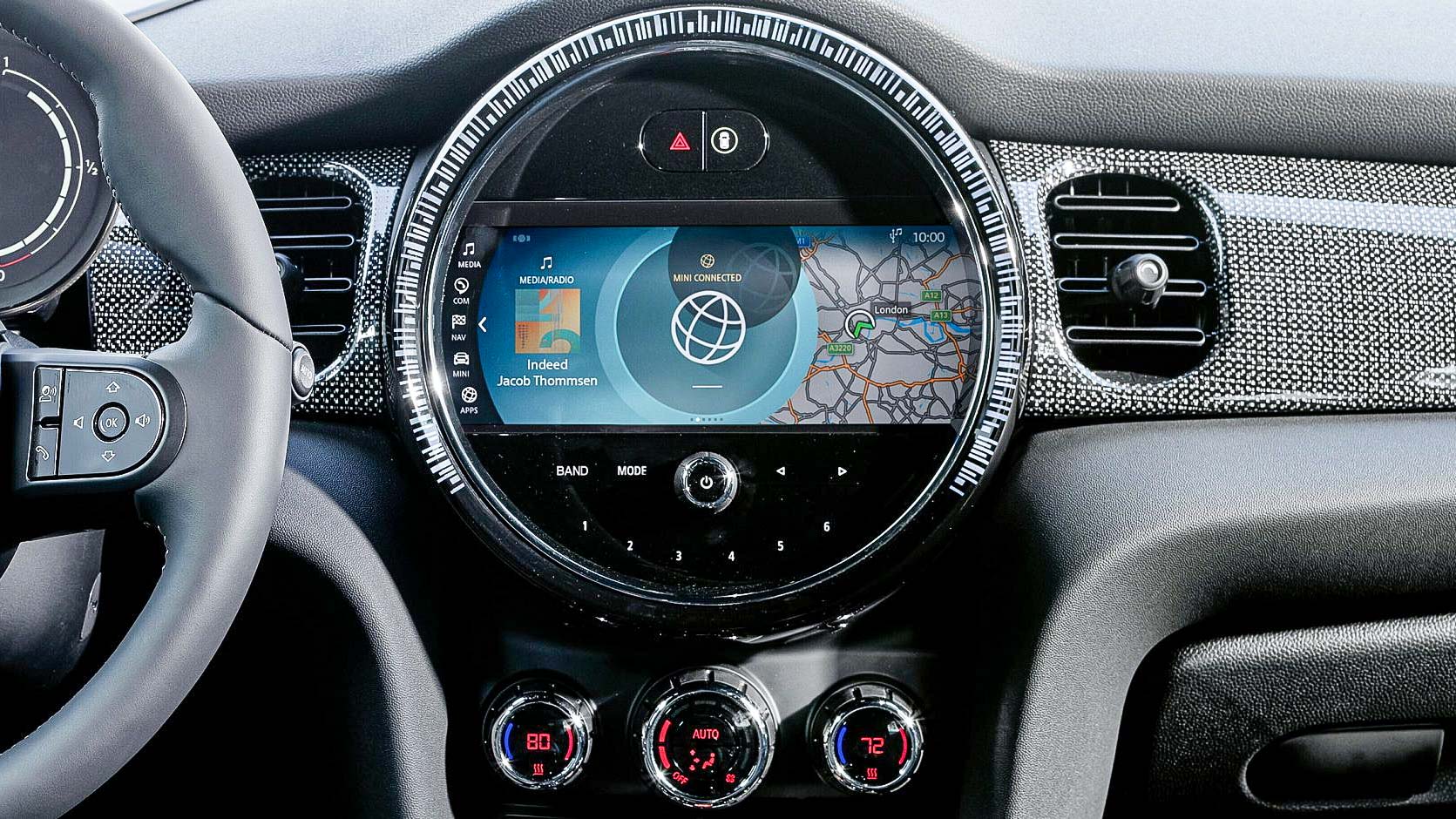
Another Mini magic trick is that while the back seats might not make friends happy to catch a ride, the squarish design of the cabin makes for a substantial bit of cargo space when those seats are down.
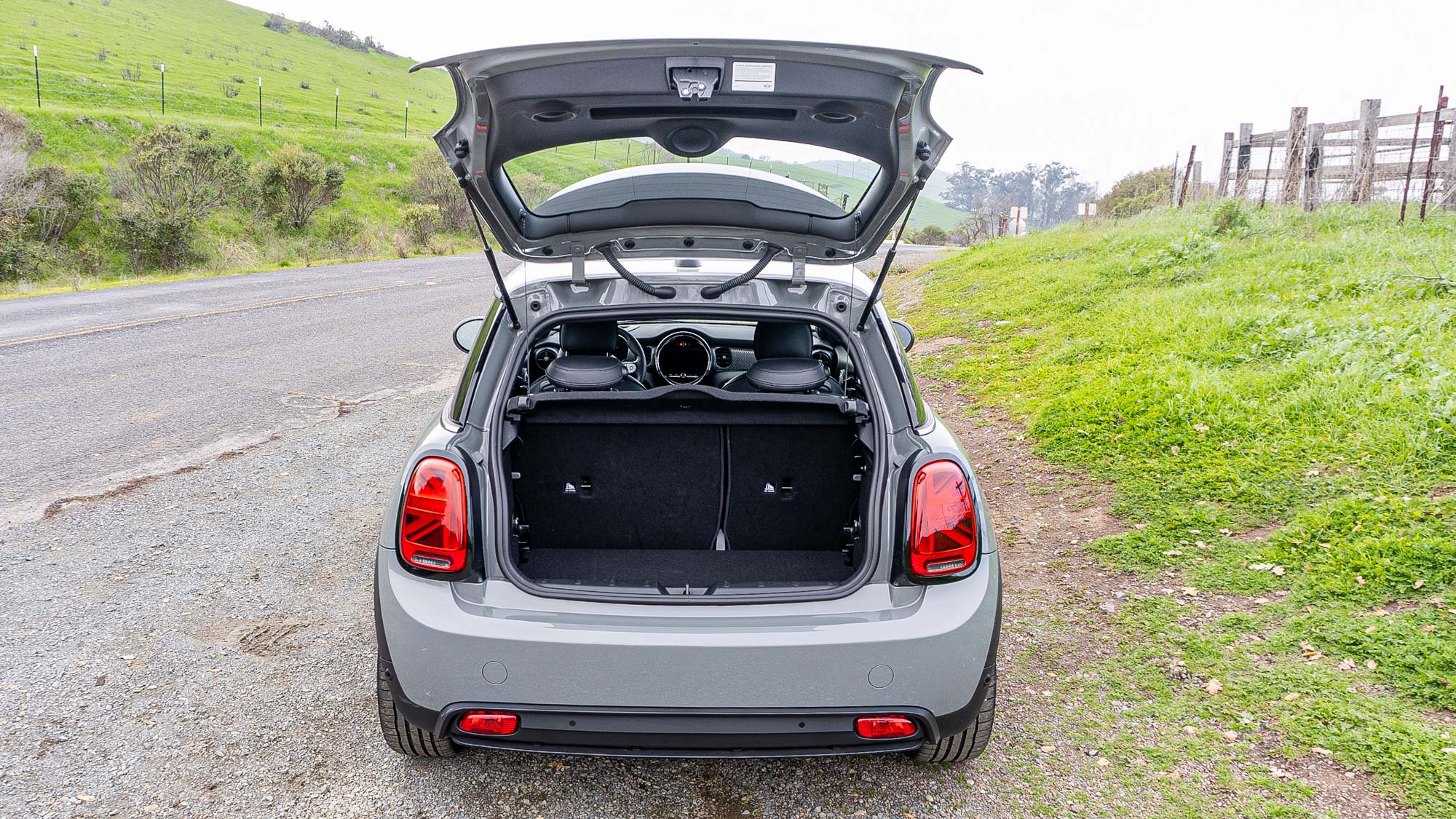
The trunk has 8.7-cubic feet of cargo space available while the rear seats are up. Enough for a few grocery bags or two smallish carry-on bags. But put those seats down and the space increases to 34 cubic feet of space. That’s more than the Nissan Leaf with its rear seats folded down. It’s not in the small SUV range when it comes to cargo, but you can fit a surprising amount of stuff in the back of the Mini SE.
Mini SE: Tech and safety features
An EV, by definition, is typically the more tech-rich vehicle in an automaker’s lineup. Since the Mini SE is based on a gas vehicle platform, it’s not exactly bubbling over with EV-centric features or gimmicks. In most cases, that’s actually not a mark against the vehicle.
Unlike the Tesla Model 3, Polestar 2, and VW ID.4, the Mini SE requires the driver to actually turn on the vehicle. But instead of a boring old button, Mini is using the same yellow toggle start switch in the center console. It’s more satisfying to use this than to just sit down.
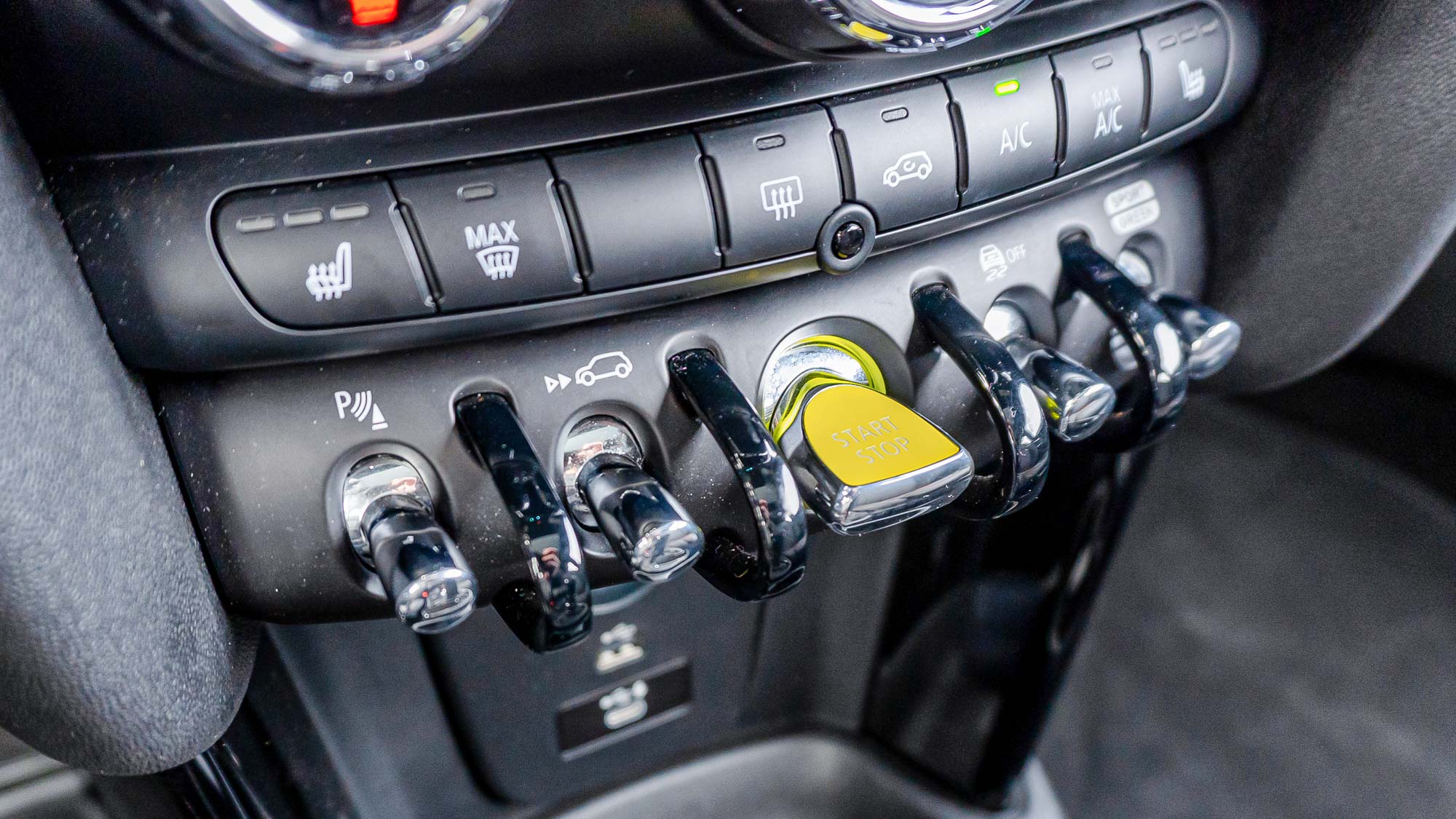
Meanwhile Mini is part of the growing trend of placing the dash cluster on the steering column itself instead of affixing it to the dash. While it’s likely built that way to reduce the chances of the driver having the top of the cluster cut off while adjusting the steering, in our experience, tall drivers will still miss the very top of the gauges. The curse of driving while tall.
The dash cluster does not have a hood to cut down on glare, but instead uses a matte coating on the screen. It does make the display look less rich than the touchscreen, but we never encountered an issue with the sun blowing out the information.
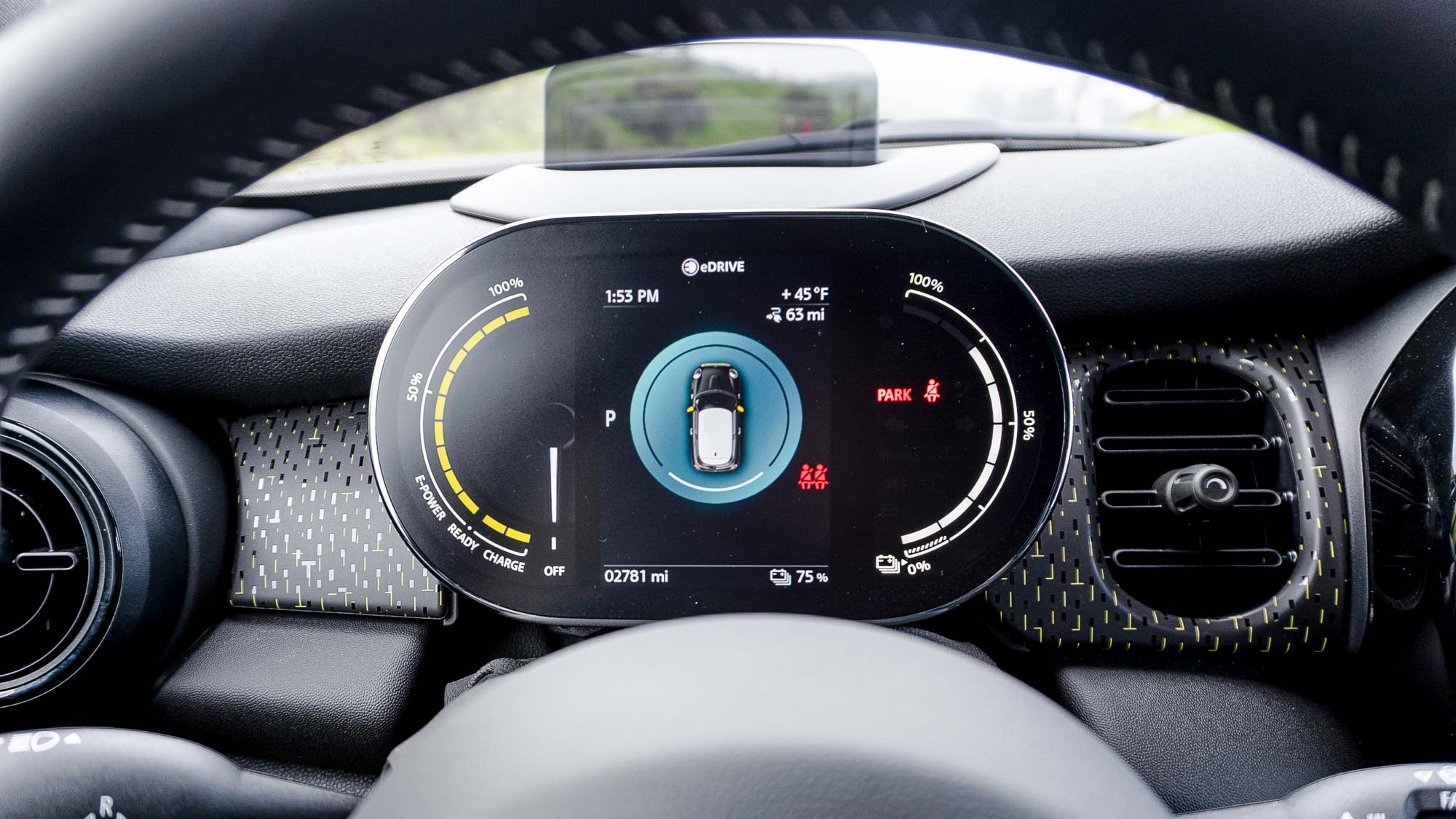
The 8.8-inch center touchscreen houses the Mini infotainment system that’s really just a reskinned version of BMW’s iDrive system. Similar to the system found in the gas Mini, it does have EV-centric data that wasn't too difficult to get too. Like BMW’s infotainment system, the Mini SE has a controller knob in the center console near the gear shifter. We found ourselves using it more than we do in BMWs. Whether controlled with the dial or with our fingers, the infotainment system was quick with very little latency.
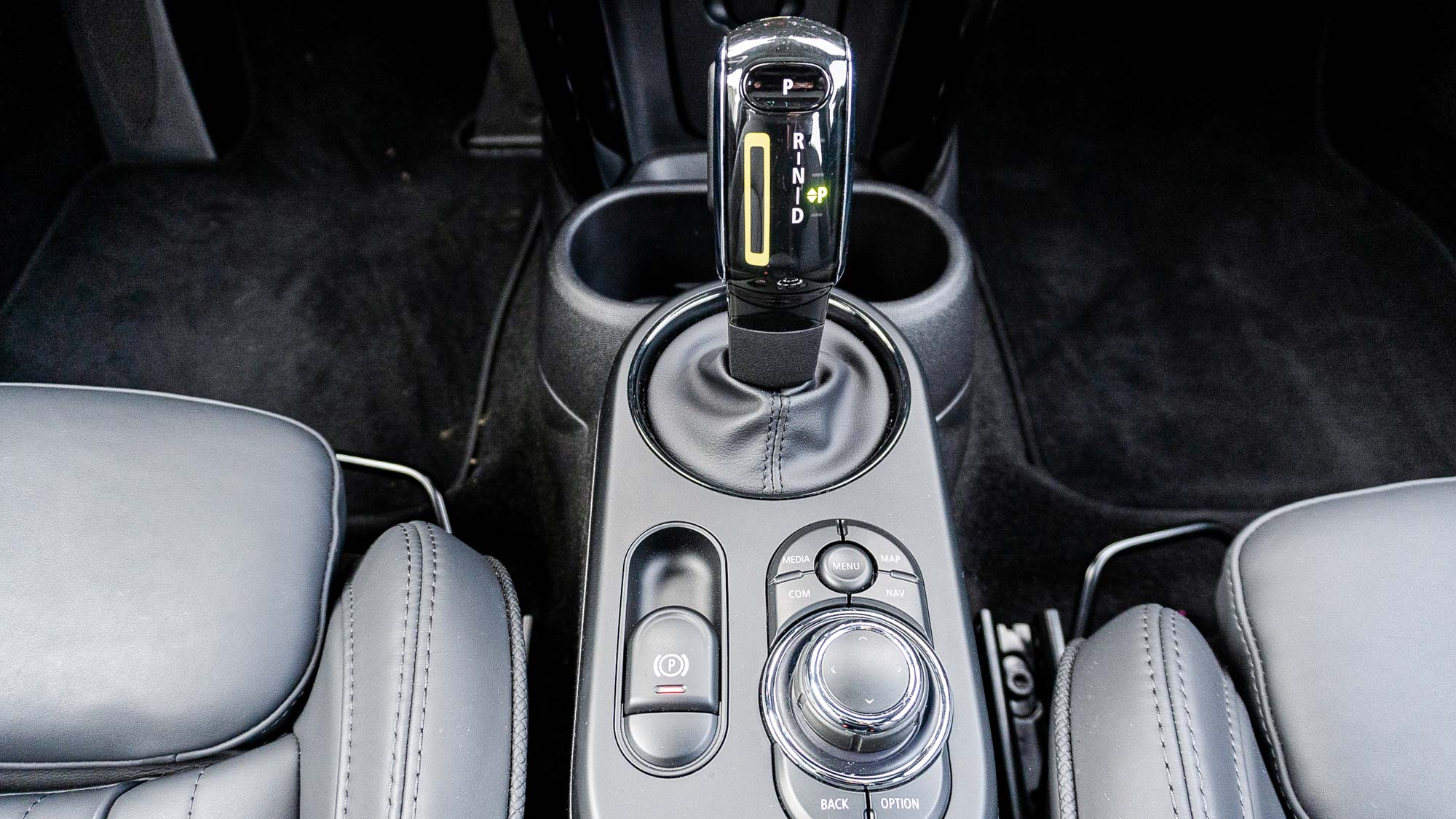
Information was presented in an easy-to-read fashion. Home screens with most-used information were easy to swipe left and right on for additional information and navigation was usually only a tap or swipe away if it wasn’t already in the home screen.
Like the climate controls, volume control is a knob that is always a pleasant surprise. The round frame of the infotainment system had a fun glow that indicated your current driving situation. Meanwhile, voice controls, while behind some of the more robust systems from Mercedes, Volvo, and Polestar (the latter two using Android Automotive), worked well understanding our commands and directions.
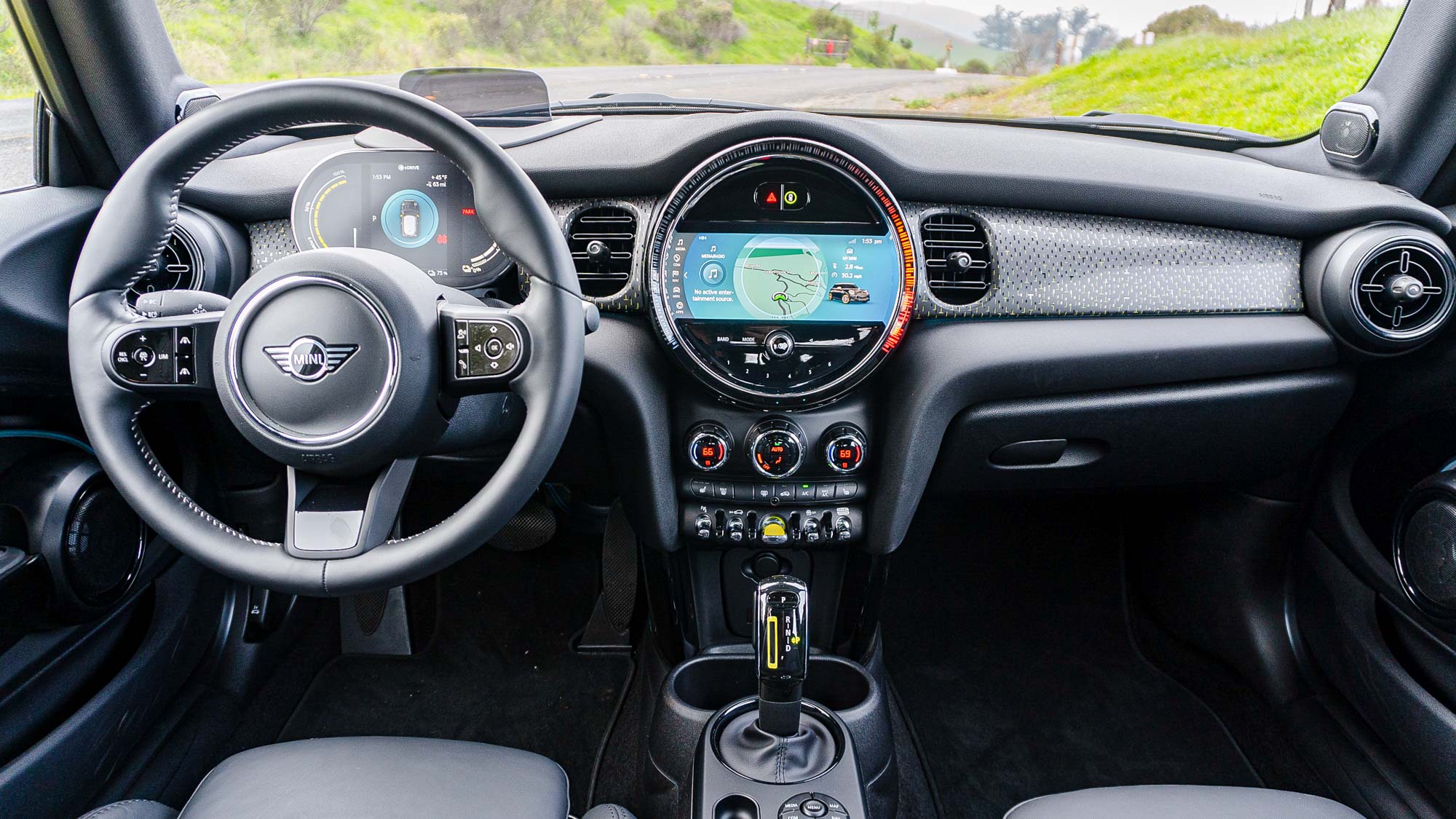
For owners of Apple’s iPhone, the vehicle supports wireless CarPlay. Some of the initial issues BMW and Mini had with keeping a solid wireless CarPlay connection seemed to have been resolved and we had zero issues during our week with the vehicle. Android Auto on the other hand? That’s another story since the Mini SE does not support Android Auto right now. But BMW has been working on adding support to its vehicles, so future support is expected.
Keeping those phones charged regardless of the platform is a wireless charging pad in the center armrest and two USB-A ports.
Safety and driver assistance features include adaptive cruise control, lane departure warning, pedestrian and front collision warning with city collision mitigation. All items that could be tested safely on public roads were put through their paces and functioned as expected. One item still missing is blind-spot monitoring which seems like a major oversight on any modern vehicle.
Mini SE: The drive
During our week behind the wheel, driving hundreds of miles, we found that we just couldn’t get enough of Mini SE. Sure, the battery pack adds an additional 300 pounds to the electric Mini compared to its gas counterpart, there’s no denying that. But, while the heft is noticeable especially on such a small car, it in no way diminished the Mini experience of driving the vehicle through the mountains.
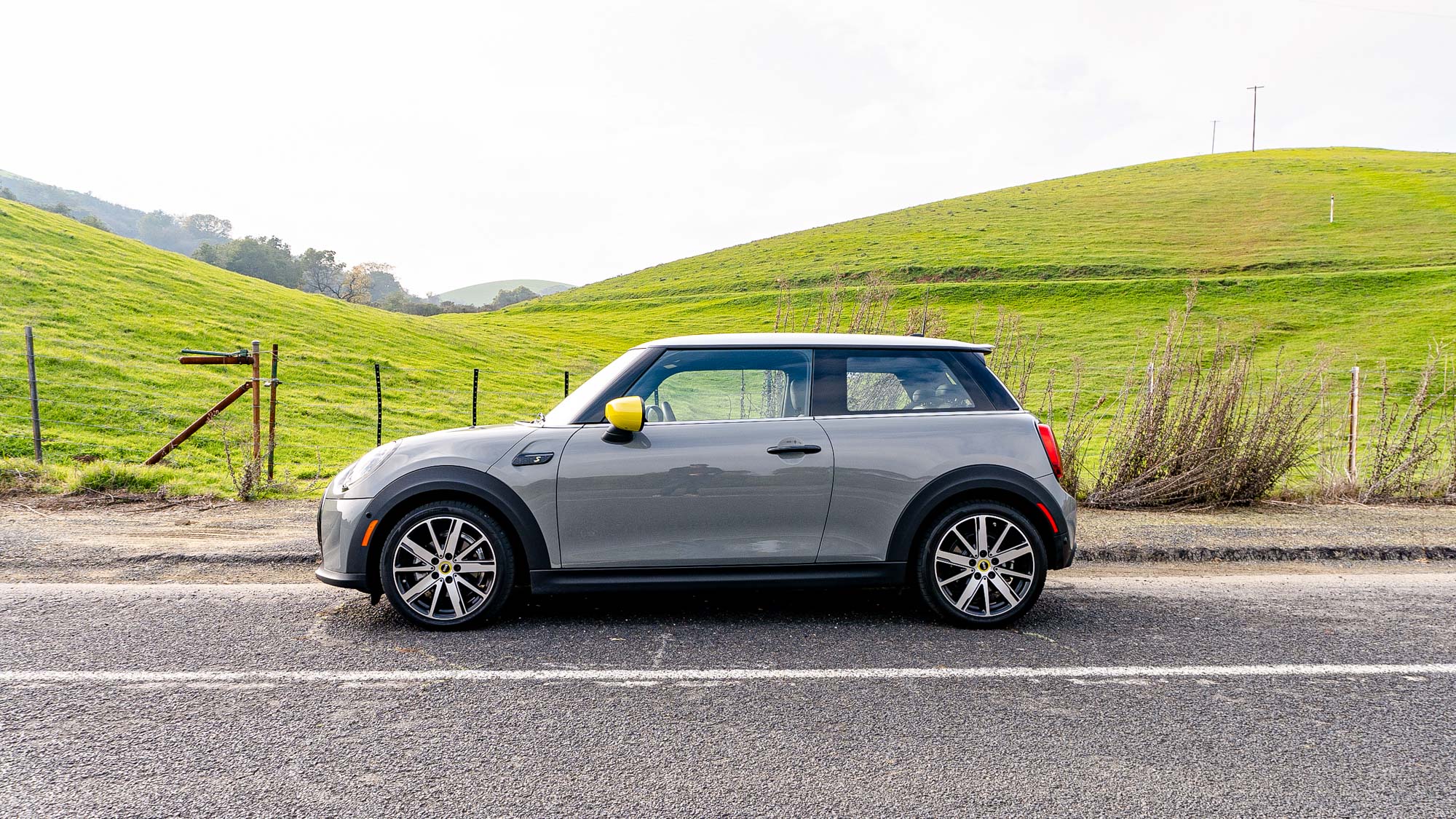
What it lacks in range it makes up for in joy. The typical, “drives like a go-cart” feeling of driving a Mini is there along with the joy of 199-foot pounds of EV torque. While the power numbers equal a glacial zero to 60 time of 6.9 seconds, you forget all about the slowish run to highway speed when you’re on backroad linking corners.
The Mini SE is equally at home around town. Its small stature makes it great for urban environments where smaller is better, especially when it comes to finding parking spaces. The cabin is quiet and for the most part, smooth while cruising around town.
On the highway though, the tight suspension could turn some people off. What’s great on backroads might not translate to a fun time on rough highways. It’s not likely to be enough to turn off those looking for the Mini experience, but for anyone wanting something smooth on long stretches of cracked asphalt? Eventually, they’ll notice that a small wheelbase and tight suspension translate to slightly jarring rides.
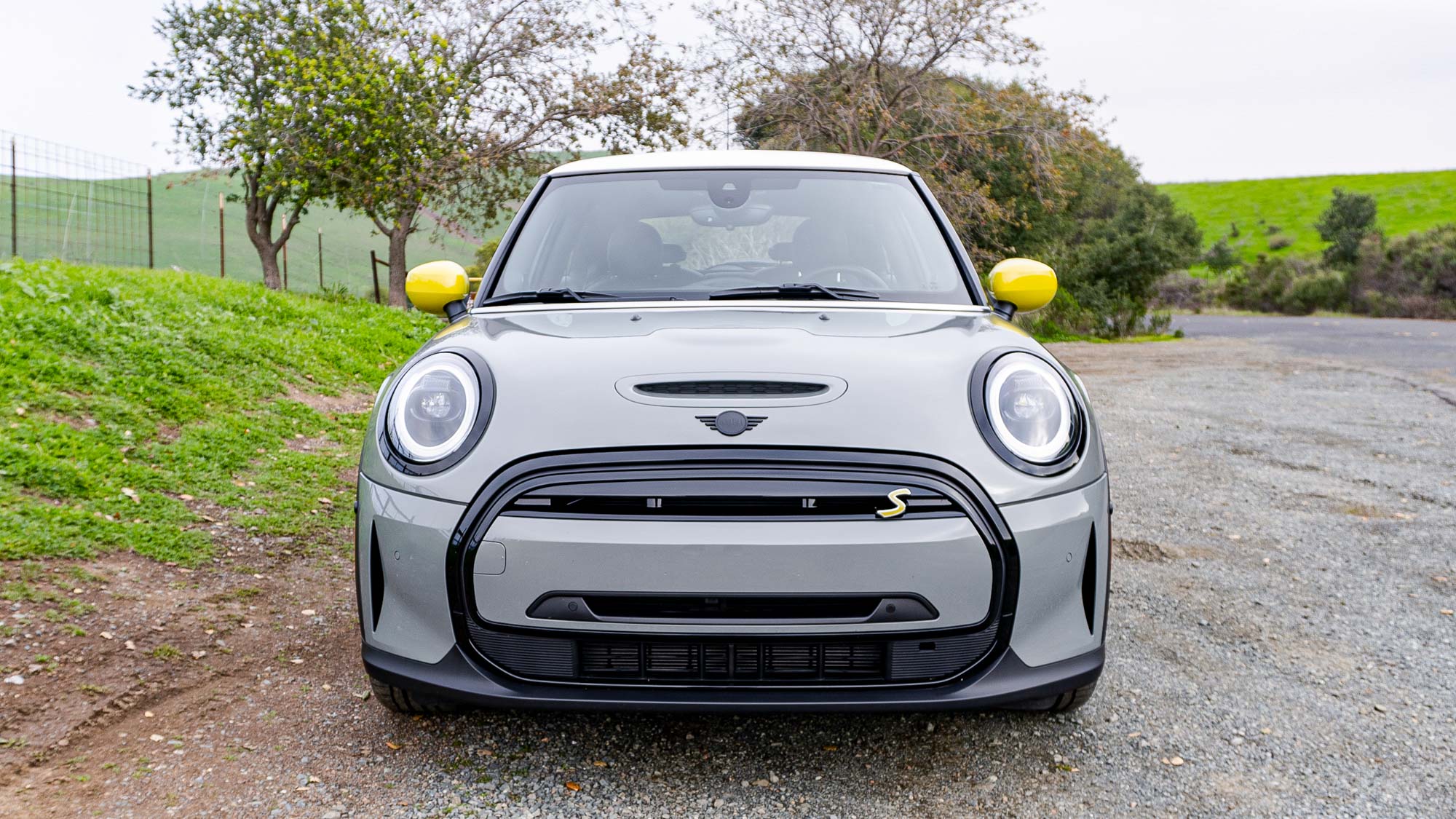
Braking was adequate in all driving environments. Whether slowing quickly when being cut-off by another driver on the highway, or breaking heavily for extended periods of time on more aggressive backroad drives. The brakes held firm. We had an opportunity to drive the Mini SE on an autocross course a few weeks ahead of our review unit being delivered and even in that intense environment, the brakes continued to work as advertised after five very aggressive laps on the track.
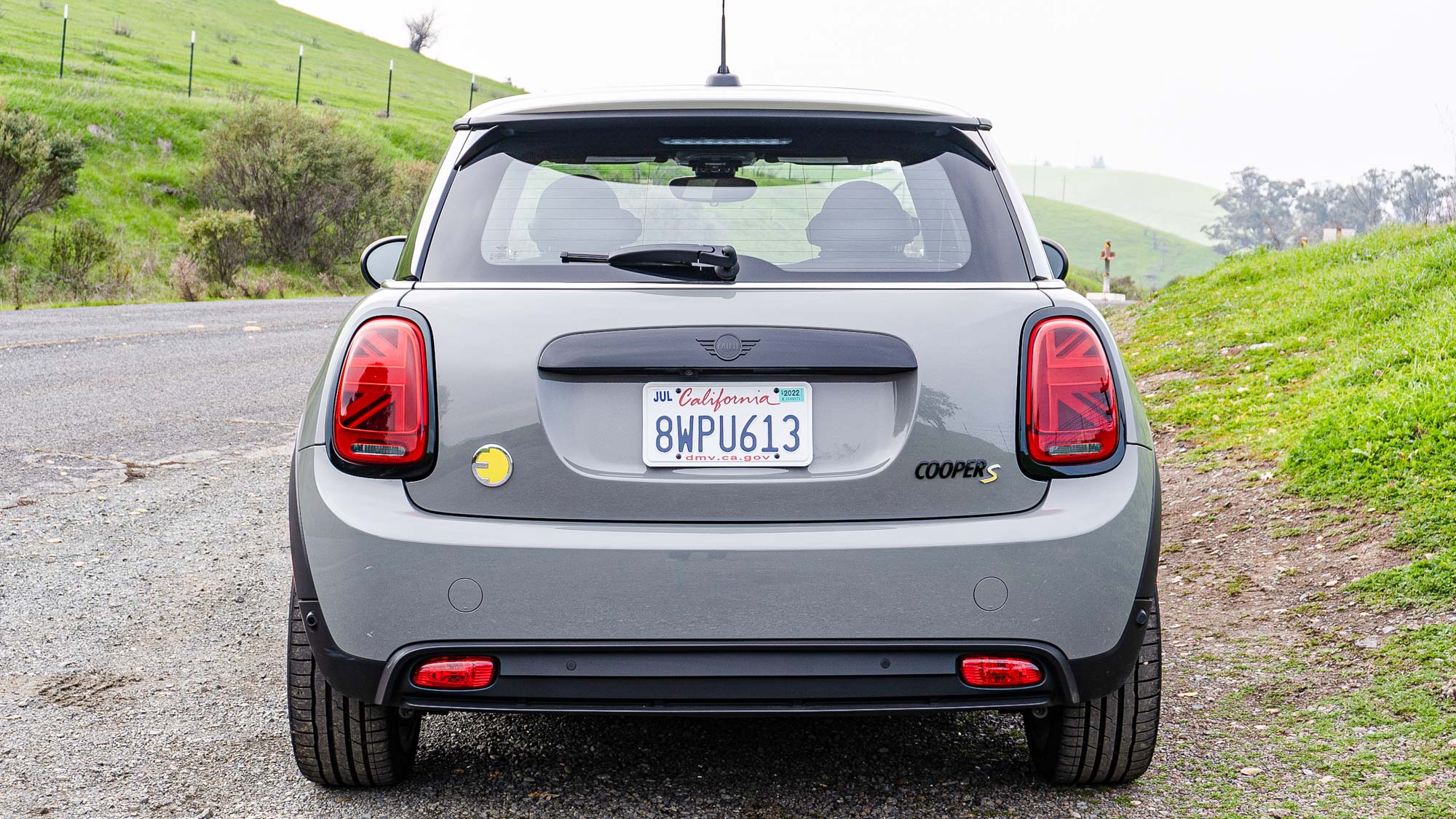
The vehicle’s steering is appropriate for its lineage with tight steering that was quick to respond without any play in the steering wheel. It accomplished this without any twitchiness that would result in a more tense driving experience. While the Mini SE can take on the twisties, it’s not a track vehicle that requires millimeter adjustments every few seconds.
As anticipated its small stature and short wheelbase does make short work of u-turns, with the tight turning circle also making parking lots a breeze to navigate.
Mini SE: Navigation and driver assistance features
The Mini SE builds upon its parent company BMW’s infotainment system and its navigation setup. It’s an easy-to-use system that, thanks to voice recognition, can be controlled without taking your eyes off the road. Turn-by-turn directions are available both on the infotainment screen and in the dash cluster.
Where the Min SE feels dated is its lack of lane-keeping assistant. Instead, there is a warning system when you’re about to leave your lane. Its adaptive cruise control is a solid system. During our tests, it acted accordingly when either a vehicle merged into or out of the lane ahead of the car.
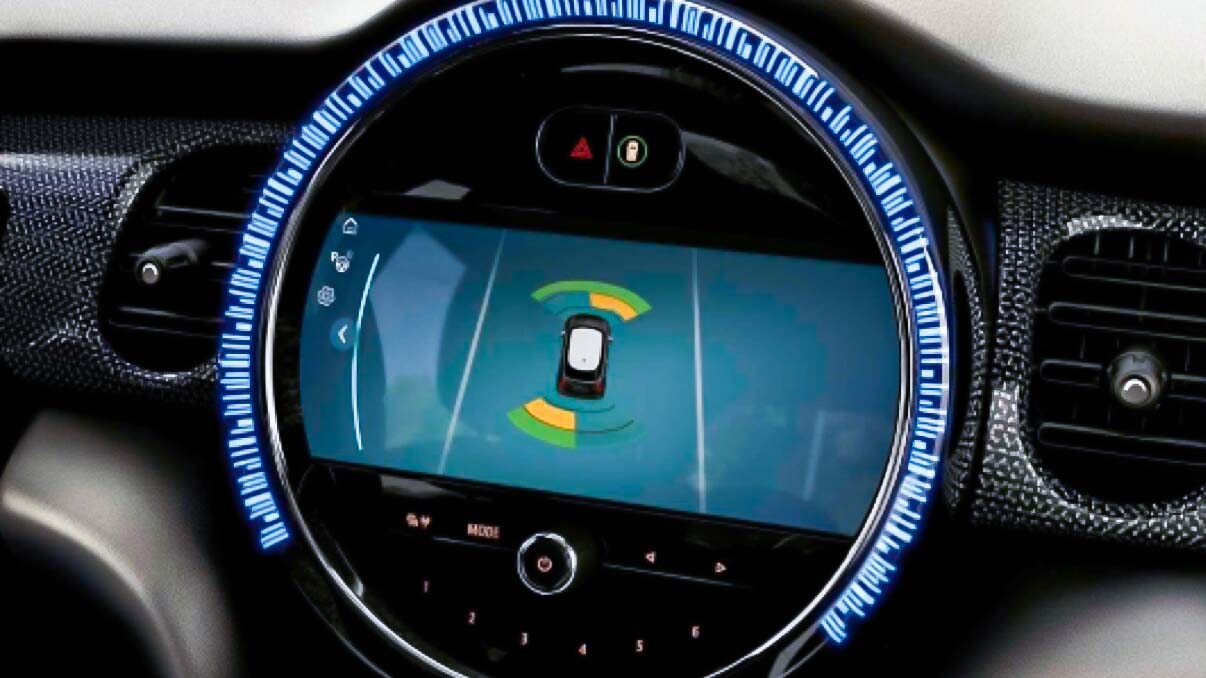
During our week behind the wheel, it accelerated quickly after a slow-moving vehicle moved out of its way, speeding up to the set speed. It also didn’t brake too harshly when another car pulled in front of it. Mini’s system won’t help you stay in your lane outside of warnings, it will help match the speed of vehicles in front of you during traffic.
After being stopped for a few seconds in gridlock, the Mini SE did require the driver to depress the accelerator or press resume button to continue. But considering the lack of lane-keeping assistance, we weren’t too surprised by this.
Mini SE: Verdict
Mini has announced that it will be a full EV brand by 2030. No more compliance cars, just full-on EVs built on dedicated platforms. The Mini SE is a bit of an appetizer of that electric-only future. It’s a fun-to-drive small urban vehicle that’s greater than it may seem at first glance, thanks to the disappointing range.
Yes, it would be a better vehicle if it went longer between charges, but that small battery equates to a small price tag and only a nominal bump in weight over the gas-powered vehicle. For day-to-day use, the Mini SE might be the main vehicle for those in an urban environment but really a second vehicle for most. But while the other car would end up being your main way of getting around town, the Mini SE will still be able to keep you happy. Because driving should be fun, and the Mini SE certainly delivers.
